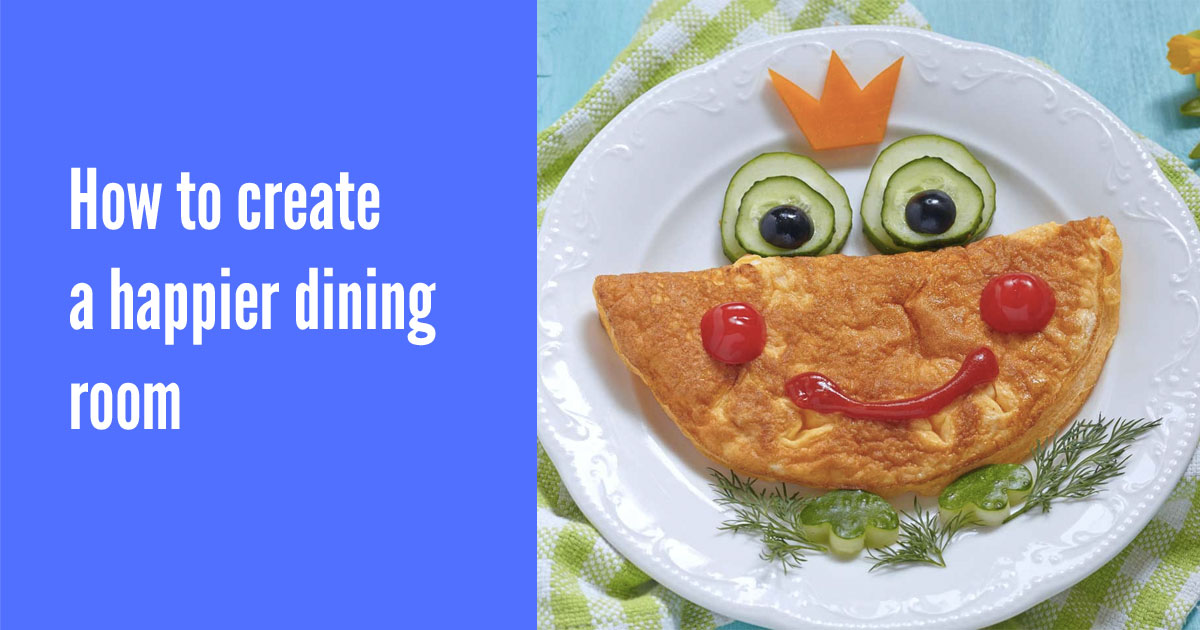Do you dread the afternoon drama that follows fractious lunchtimes?
For many children, such as those who can only just cope with managing themselves during lessons, unstructured times of day like lunchtimes are bound to be flash-points for poor behaviour. Not only does this cause everyone stress during lunch, but the tension often carries over into afternoon, wasting valuable lesson time.
So, to help your lunchtimes be happier, we’ve created the Lunchtime Masterplan to help you transform your lunchtime provision using our step by step approach.
Here are a few ideas to get you started along the road to more harmonious lunchtime provision, simply by modifying your environment.
Waiting times
Look carefully at the flow of the dining room. How long do pupils have to queue to get their food? Time them and find out!
Hungry, bored and restless children can always be counted on to behave at their worst. The longer the queue to be served, the greater the impact on behaviour in the dining room.
The next step is to analyse what you can do about it. Ask yourself the following questions:
- What could be changed to cut down on waiting times?
- How could the flow of traffic be more efficient?
Seating arrangements
Look at your seating arrangements and address the following points:
- Are seats easily accessible for children of all ages?
- Are seats too far away for your younger students to carry trays (without spilling food, water or trays)?
- Are tables set up to maximise ease of movement and minimise running, which might cause accidents?
Sometimes making minor changes to the environment can have a huge positive impact on behaviour.
Grouping
Experiment with different groupings of children. How you sit children together will affect how they socialise and interact with each other. Decide what you aims are and deliberately adapt your seating plan to achieve your desired outcome.
Ask yourself the following questions:
- Can children choose anywhere they like to sit?
- Do they have to sit in year groups?
- Could social skills be improved by mixing ages of children together at the same table?
- Could they sit in houses or teams?
- Could you try mixing sandwich and hot dinner seating?
- What other solutions might work for you?
Conclusion
These three factors alone can have a significant impact on behaviour in your school dining room. Don’t be afraid to try out new ideas.
If your changes don’t work, think about what new information you have learned and get creative about trying something else.
Top tip: hive mind – involve everyone in school in coming up with suggestions for improvements, rather than relying on one or two individuals. After all, it’s in everyone’s best interests to make your lunchtimes the finest they can be.

